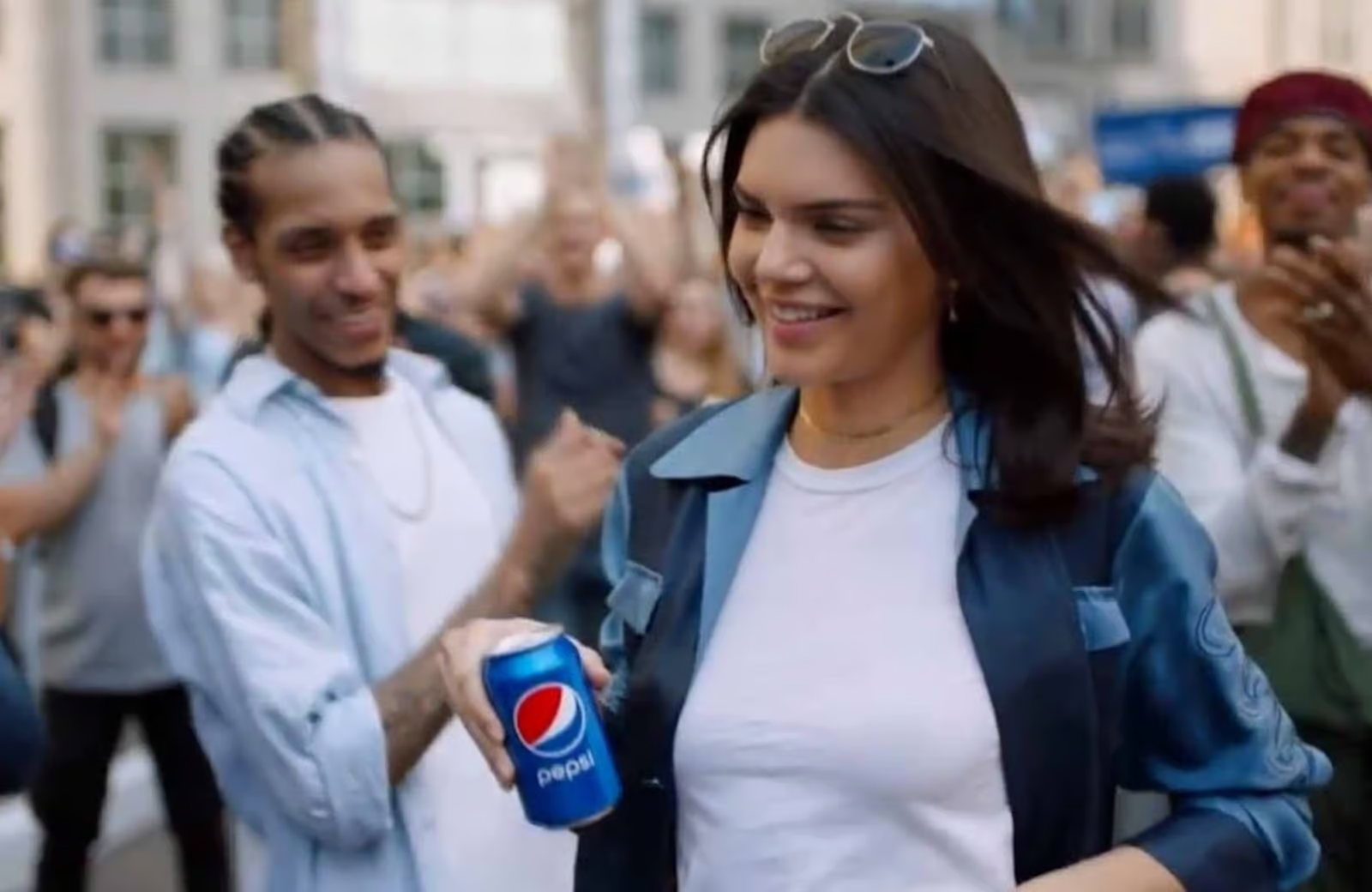1) What key conventions of TV advertising can you find in the Galaxy advert?
pack shot, slogan at the end.
2) What is the key message the Galaxy advert is communicating about its chocolate? The slogan for the advert will help you with this question.
that galaxy is better than other chocolate. its more elegant and tastes better.
3) Who is Audrey Hepburn and why did Galaxy select Audrey Hepburn for this advert?
Audrey Hepburn was famous actor in the 50s-60s then she died. they used CGI to bring her back. She was mostly associated with style and glamour.
4) What is intertextuality?
When one media text refers to or suggests another media text
5) What Audrey Hepburn films are suggested in this advert and how is this effect created (e.g. mise-en-scene - CLAMPS: costume, lighting, actors, make-up, props, setting)?
Audrey Hepburn is dressed in a similar style to an old movie she once starred in. her makeup is done to fit 50s-60s theme.
6) Which of Propp's character types are can be found in the advert and how do they change? (Note: just choose two or three character types that are definitely used in the advert - it does not use all seven).
at the start the girl is an princess but soon becomes a hero. The guy starts as a hero and ends as a sidekick driving the car.
7) How does the advert's narrative (story) follow Todorov's theory of equilibrium?
8) What representation of celebrity can be found in this advert? Think about how Audrey Hepburn is presented.
Audrey Hepburn is represented as classy and posh because of the way she is dressed and her hair is done so perfect.
9) What representations of gender can you find in this advert?










